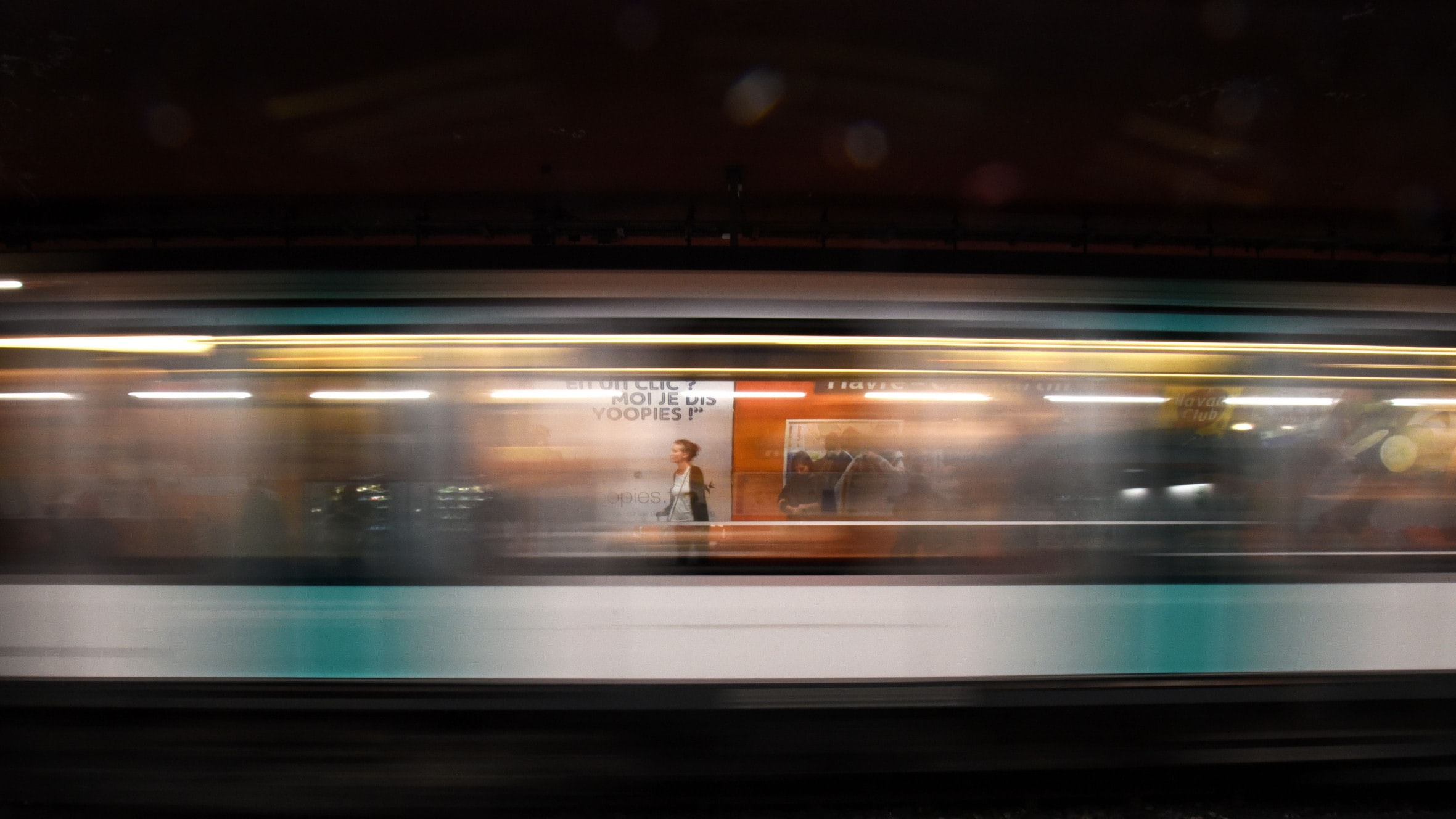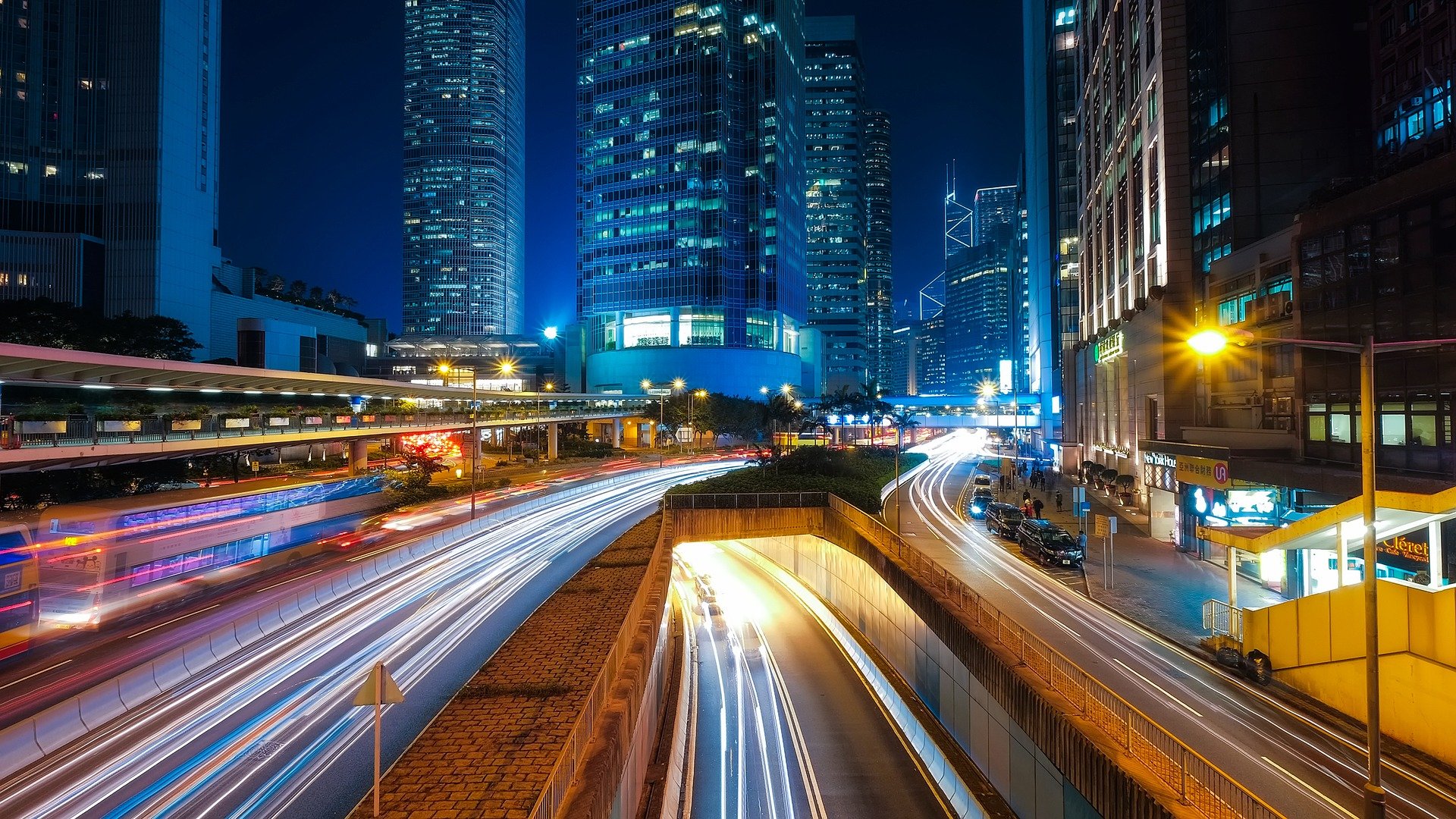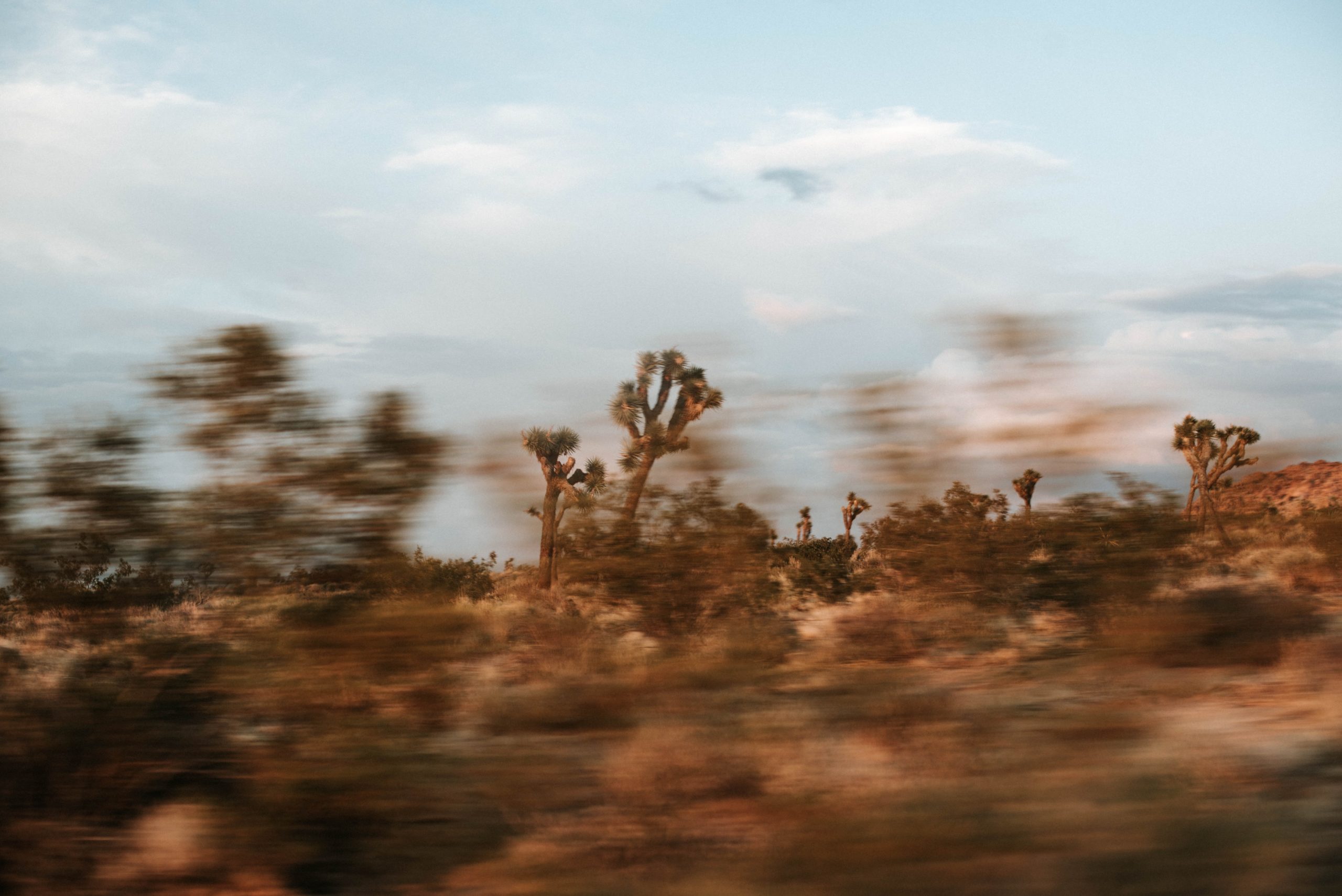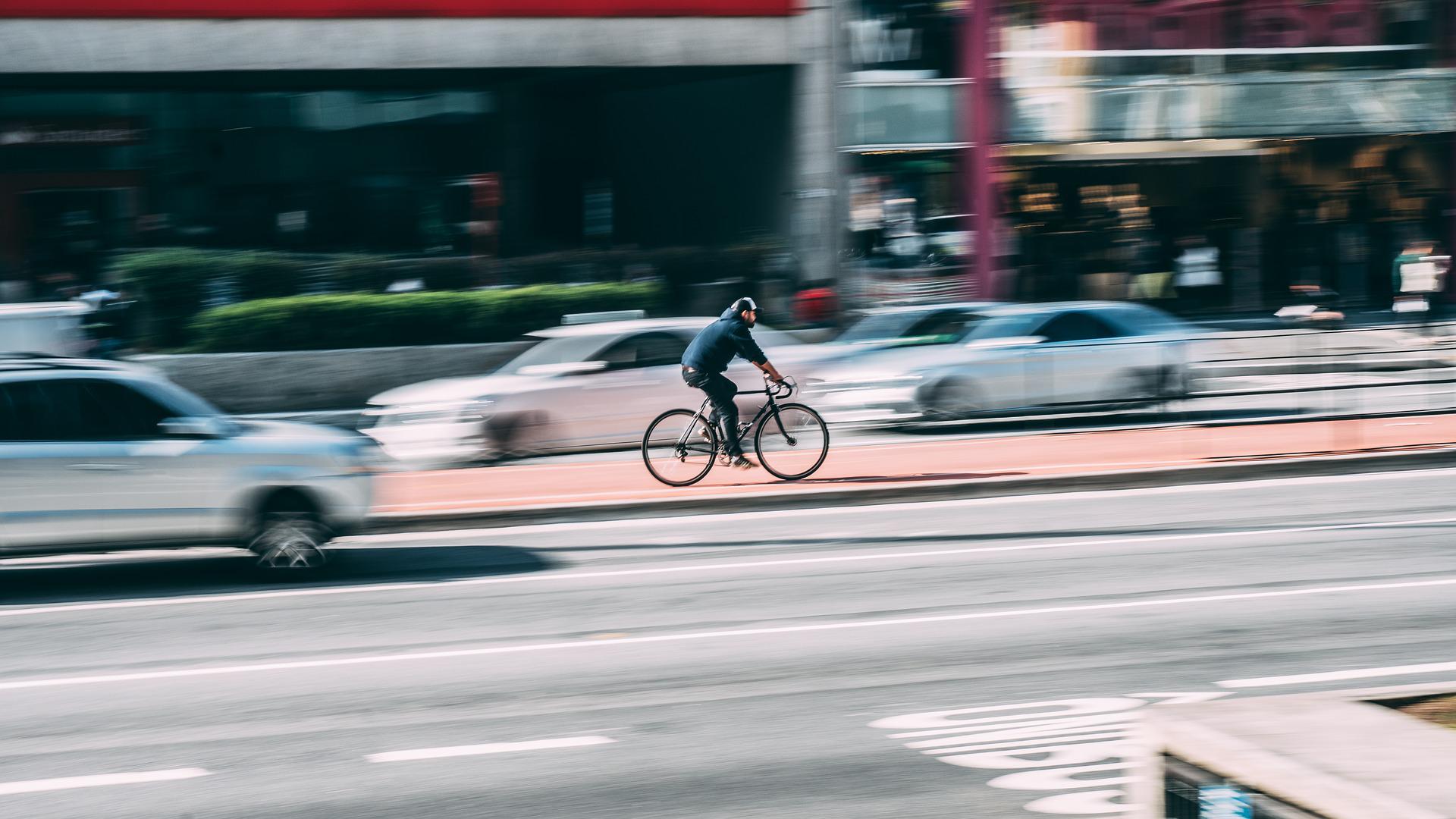CameraWorld's Essential Guide for Beginner Photographers: Shutter Speed
This entry was posted on April 22, 2022.

Being a beginner photographer is nothing short of frustrating at times. Getting to grips with the fundamentals of getting a great shot can be daunting and leave you running right back to auto mode. And that's ok, auto mode is there to be used and produces some fine images, but you didn't take up photography to only use one function of a competent camera.
The main hurdle a beginner tog encounters is exposure control. Aperture, what? Iso, who? Shutter speed, what on earth? Not only do you need a firm knowledge of each individually, but you'll eventually need to get to grips with how they work together.
What Is Shutter Speed?
Shutter speed, simply put, is the amount of time that your camera's shutter is open. The longer the shutter is open, the more light passes through the sensor.
Shutter speed is responsible for two individual things: changing the brightness of your photo and creating dramatic effects by either freezing action or blurring motion.
There is also an aperture and ISO as well as the actual brightness of the scene in front of you, and you should pick these other settings carefully. It gives you a choice when you decide the shutter speed." explains photographer Richard Roscoe.
As with most things in photography, practice makes perfect. Experiment with different shutter speeds in different situations and in varying light levels and look at the results carefully. It helps to note which settings you used for each shot if you're taking multiple shots before viewing them properly.

How is Shutter Speed Measured?
Shutter speed is usually measured in fractions of a second, such as 1/200 seconds or 1/1000 seconds. Some cameras have the capability of shutter speeds of up to 1/8000 seconds. Modern DSLR and mirrorless camera lenses can shoot at the fastest shutter speeds of 1/4000000 seconds.
Shutter speeds can extend for a much longer time, usually around 30 seconds. That time can also be extended into minutes or even hours. This would typically be used when capturing light trails or night skies. The longest shutter time available on most DSLRs and mirrorless cameras is usually 30 seconds. You can access additional shutter speeds by using external remote triggers in some circumstances.
Correct Shutter Speeds For Motion Shots
Shutter Speed doesn't is also in control of how motion is captured in your shots. For example, a super clear sports image or light trail photo.

Fast Shutter Speeds
If you want to capture a moving object super clearly, you'll need to use a shutter speed that is as fast or faster than whatever is moving.
If, for example, you want to take a perfect shot of a runner with zero blur, you'd need a shutter speed of around 1/1000 seconds.
The direction of the motion needs to be taken into account as it may have a bearing on the best shutter speed. For instance, if we're capturing the runner as they come past the camera, a faster speed would be needed. If, however, the runner is coming towards us, a slightly slower shutter speed will be just fine.
Distance again plays a part when setting your shutter speed. You'll need a faster shutter speed if you're close to the moving object. Further away, again, you can opt for a slower speed.
The focal length of the lens you're using too. If wide-angle, a slower shutter speed is more than capable.

Creating the Perfect Blurred Motion Image
The perfect blurred motion image can be achieved with a slow shutter speed. Those amazing shots of taillight trails at night require just a slow shutter speed and a tripod. A speed of 1 or 2 seconds should be enough, especially if the traffic is constant.
Because the shutter is open for so long, any movement can take you from a sharp image to a blurry photo. Generally, if your shutter speed is less than 1/60 seconds, you'll need a way of stabilising your camera.
Suppose you're thinking of taking your camera outside to capture the star trails in the night sky. You'll need to consider sheltering your camera from any wind and keeping it reasonably low to the ground to prevent movement.
For the best new and used cameras visit one of our stores in London, Essex or Stevenage or look online.You'll find a huge range of photography equipment at great prices as well as expert advice. All our advisors are passionate about photography and always happy to pass on their wealth of knowledge.





